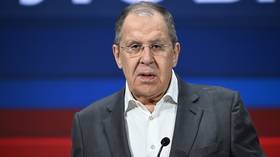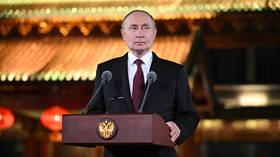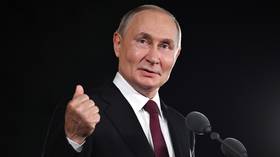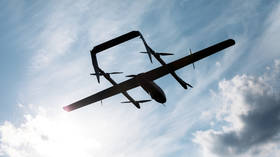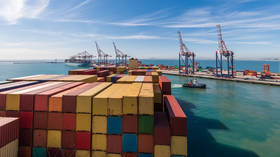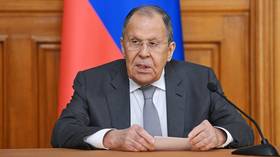India will drive global economy with ‘digital diamonds’ – Modi
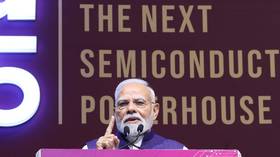
India will drive major change by shaping the future of the microchip industry, Prime Minister Narendra Modi said on Tuesday. New Delhi will begin commercial semiconductor production by the end of 2025, marking a significant milestone in the country's push toward technological self-reliance, he added.
Speaking at the opening of the Semicon India 2025 conference, Modi said: “The day is not far away when India’s smallest chip will drive the world’s biggest change.” He added: “Our last century was shaped by oil… But the power of the 21st century is limited to a small chip. This chip has the power to accelerate the development of the world.”
New Delhi has already greenlighted ten semiconductor plants, and four additional units are expected to start production within the next 12 months. Modi also announced a Critical Minerals Mission, focusing on securing rare earth elements and other essential minerals vital for semiconductor manufacturing.
During the ceremony, IT Minister Ashwini Vaishnaw presented Modi with India's first indigenously developed Vikram-32-bit chip, created by the national space agency’s (ISRO) Semiconductor Laboratory for various space applications. The microprocessor was formally inducted into ISRO's program in March, along with another chip called Kalpana 3201.
🇮🇳 Tech Inspection: PM Modi Takes A Look At India's Cutting-Edge Nano Chips Amongst Other Innovations At Semicon India Exhibition 2025 In New Delhi https://t.co/D1Xs9IYR5wpic.twitter.com/cneXg1PtBE
— RT_India (@RT_India_news) September 3, 2025
According to industry estimates, India's semiconductor market was valued at about $45-50 billion in 2024-25, up from $38 billion in 2023.. The government has set ambitious targets to reach $100-110 billion by 2030. “Our journey in this sector began late, but nothing can stop us now,” Modi said.
Earlier this year, India also announced a program to develop an AI-based chip from scratch in a move that aims to challenge US dominance in the industry
Modi also took the opportunity to highlight the achievements of the Indian economy against the backdrop of US tariffs which took effect on August 27. Quoting the latest GDP numbers, Modi said India has “once again performed better than every expectation and prediction.”
“When every economy has concerns, facing challenges stemming from economic selfishness, even in those times, India has achieved a 7.8% growth,” the prime minister said.
The US first imposed 25% tariffs on India in early August, as New Delhi and Washington could not finalize a trade agreement. US President Donald Trump then announced an additional 25% tariff on India effective August 27 for New Delhi’s continued purchases of Russian oil.
